Your home demands vigilant oversight to maintain its structure and safety, notes T-Square Real Estate Services company. Subtle signs of wear and tear can quickly spiral into costly repairs if not addressed promptly. Recognizing and responding to these warning signs can save you a lot of money in the long run.
Foundation Cracks

Visible cracks in your home’s foundation can signal serious structural issues. These fractures may start small but can widen, indicating potential settling or movement of the foundation. If left unchecked, they can lead to severe instability in the structure of the house.
Sagging Roof
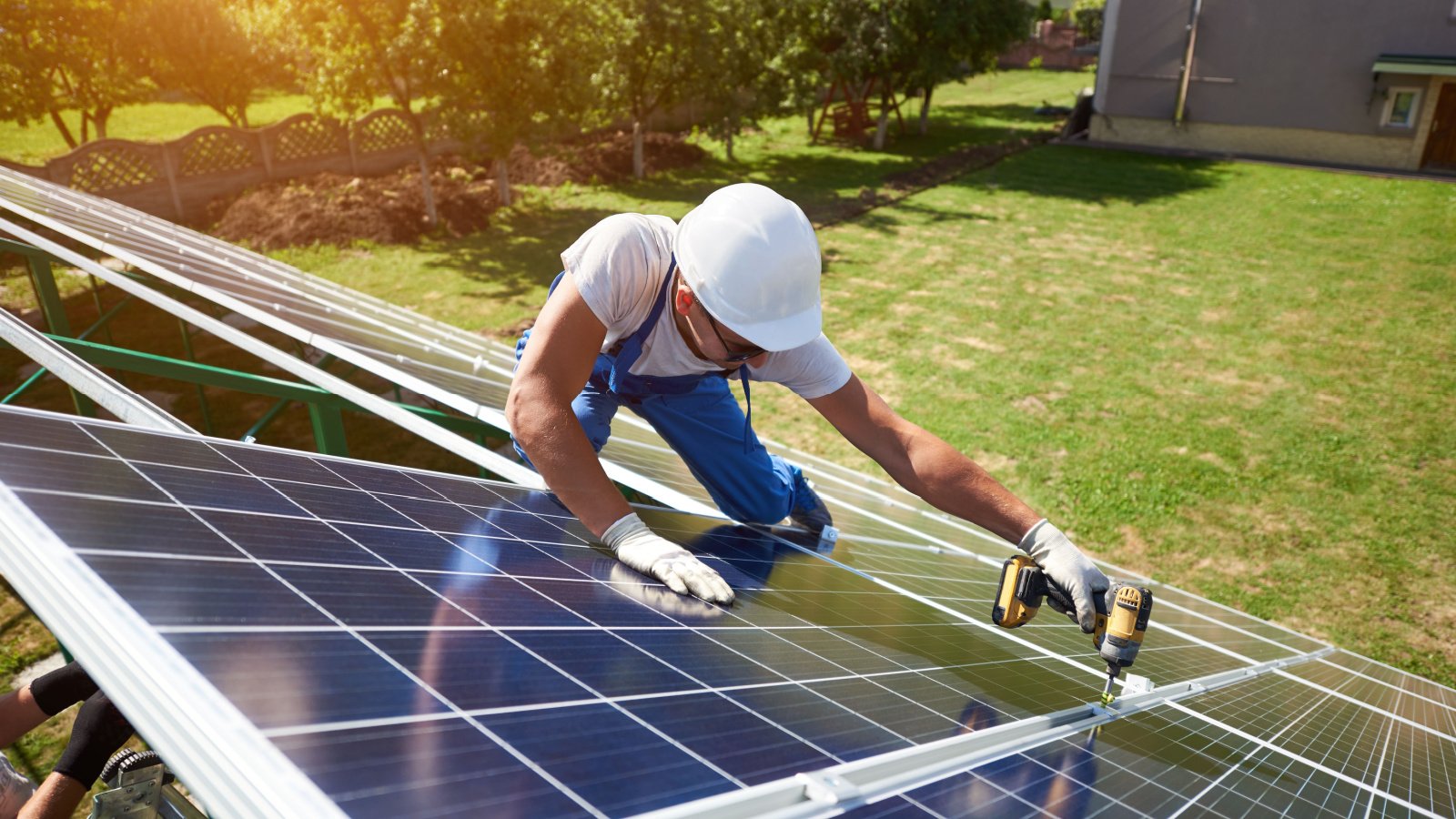
A sagging roof often points to weakened structural integrity or prolonged water damage. It may appear as a dip or curve in the line of the roof, which should normally be straight. This can lead to significant water leakage and damage if not promptly addressed.
Sticking Doors and Windows

Doors and windows that frequently stick or are difficult to open and close can be symptomatic of shifting walls or a settling foundation. This shifting can distort the frames, making normal operation difficult. Persistent issues with doors and windows warrant a professional assessment.
Musty Smells

Persistent musty odors can be a sign of mold or mildew growth, often due to excess moisture in areas like basements, attics, or behind walls. Mold not only damages your home but can also pose health risks. Immediately address the source of moisture to prevent further damage.
Damp Patches and Stains
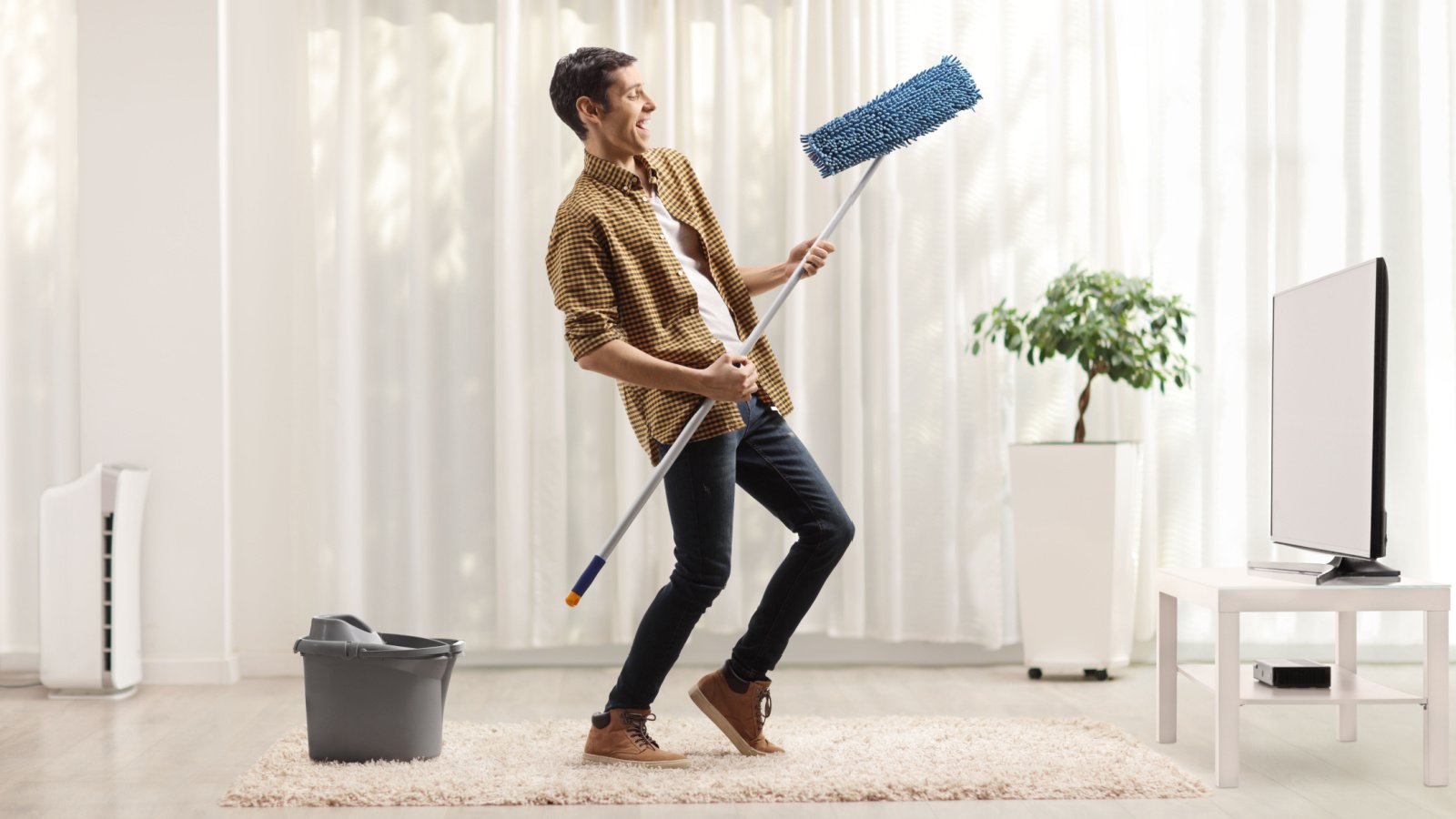
Unexplained damp patches or stains on walls, ceilings, or floors suggest hidden leaks. These might be from plumbing issues or water seeping in from outside. Ignoring these signs can lead to more extensive water damage and potentially costly repairs.
Peeling Paint

Peeling or blistering paint inside or outside your home can indicate underlying dampness. Excessive moisture can compromise the paint’s ability to adhere, leading to deterioration. It’s important to investigate the cause of moisture and rectify it to protect structural materials.
Increased Energy Bills

An unexpected rise in energy bills might indicate that your home is losing its ability to insulate properly. This could be due to issues with your heating and cooling system or poor insulation. Checking for drafts and sealing leaks can improve energy efficiency.
Bouncy or Uneven Floors

Floors that feel bouncy, saggy, or uneven can indicate joist or subfloor problems. This could stem from water damage or structural weakness. Such flooring issues can pose safety risks and lead to further damage if not repaired.
Termite Damage

Evidence of termites, such as hollow-sounding wood, visible tunnels, or frass (termite droppings), is a critical warning sign. Termites can silently cause extensive damage to the structural wood of your home. Professional extermination and repair are necessary.
Chimney Cracks

Cracks or separation from the house in your chimney can be indicative of structural settling or failure. Such issues can compromise the chimney’s safety and function. Regular inspections and maintenance are recommended to address any signs of wear before they escalate.
Bulging Walls

Walls that bulge or lean could indicate a failure in the wall’s structural components. This serious issue can stem from foundational settling or water damage. Structural support might be necessary to correct and stabilize bulging walls.
Rust Stains

Rust stains on the exterior could suggest that water is persistently coming into contact with the metal components of your home, potentially leading to corrosion. This might indicate poor drainage or gutter issues.
Cracked Tiles

Frequent cracking of floor tiles could be a sign of a shifting foundation or improper installation. Such movement beneath the tiles suggests underlying issues that might need a closer look. It’s important to identify the root cause to avoid further damage.
Efflorescence
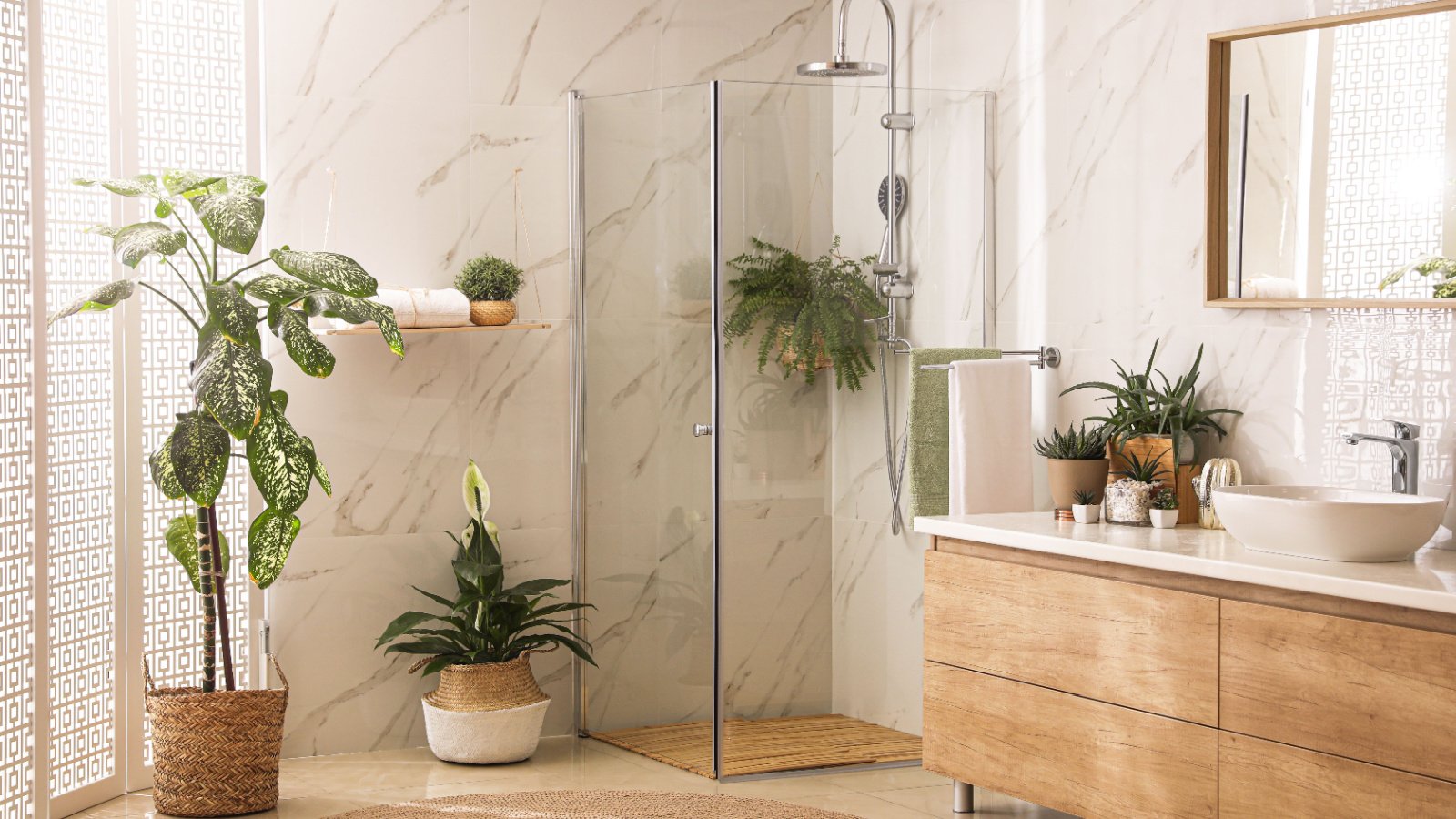
White, powdery residue on walls, known as efflorescence, indicates water seepage through concrete or masonry. While not harmful in itself, it points to potential water issues that can cause structural deterioration over time.
Noisy Pipes
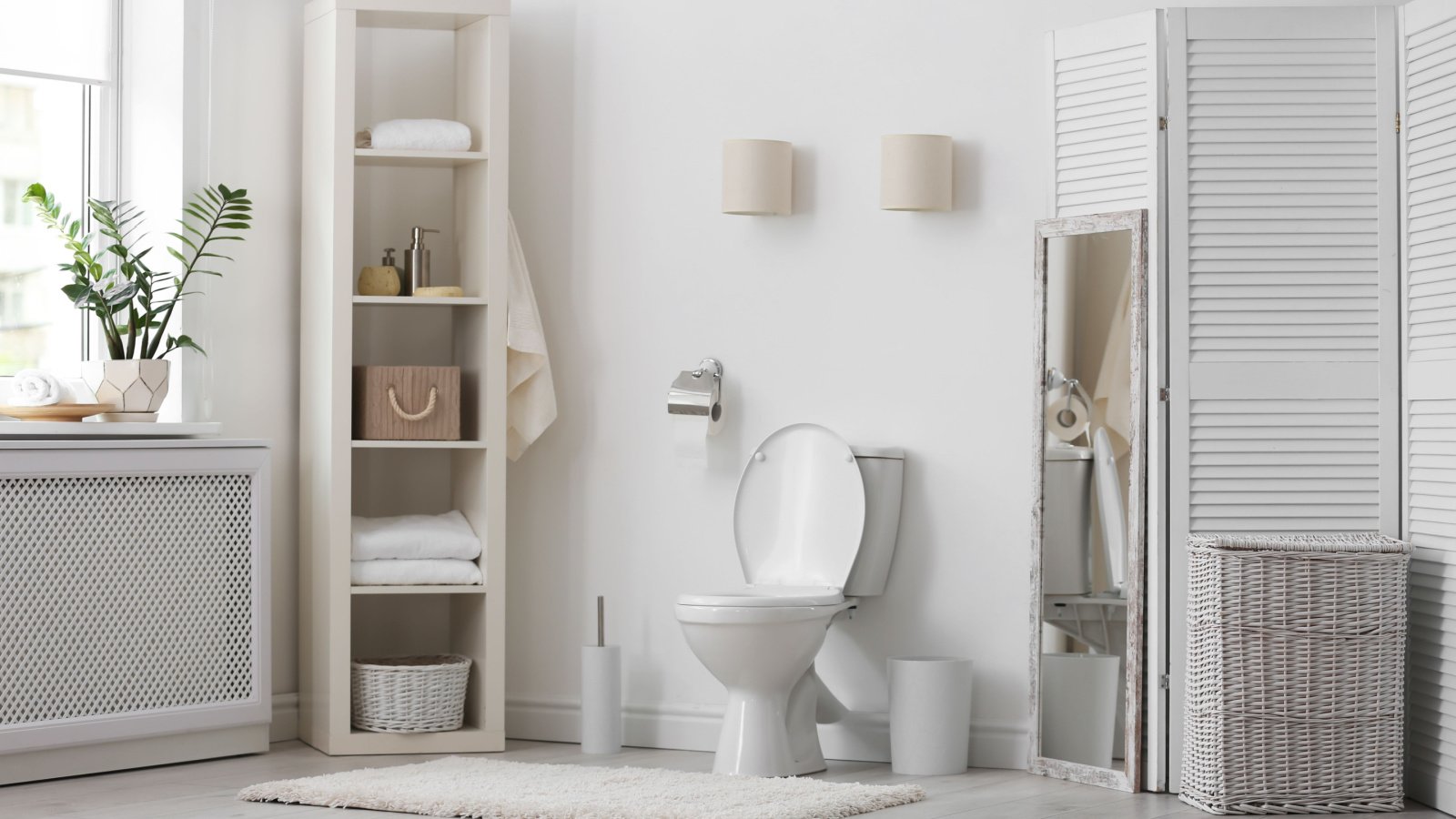
Banging or noisy pipes, often called water hammers, can suggest plumbing issues that may lead to leaks or pipe bursts. This phenomenon occurs when there is a sudden change in water flow and pressure. Proper diagnosis and repair by a plumber can prevent potential water damage.
Ceiling Discoloration

Yellow or brown stains on the ceiling are typically caused by water leaks. Whether from a leaky roof or a plumbing issue upstairs, these stains should not be ignored. Fixing the source of the leak is crucial to prevent further water damage.
Frequent Electrical Issues

Frequent circuit breaker trips or flickering lights may indicate outdated or faulty electrical wiring. This can pose a serious fire hazard if not addressed by a professional electrician. Upgrading your home’s electrical system can enhance safety and efficiency.
Visible Mold

Visible mold growth, especially in bathrooms, kitchens, and along walls, should be addressed immediately. Mold can cause health issues and indicate excessive moisture in these areas. You will need to take remediation measures to maintain a healthy living environment.
Flaking Concrete

Flaking or crumbling concrete around your home, particularly in foundations, can signal that the steel within the concrete is beginning to rust and expand, displacing the concrete around it. Professional assessment and repair are necessary to address this issue.
Aging Roof

An aging roof may exhibit signs such as missing, curling, or cracked shingles. A compromised roof can lead to leaks and significant water damage inside your home. Roof inspection and repair are critical to prevent further internal damage.
Pest Infestations

Droppings, nests, or damaged wood indicate that pests are compromising your home’s integrity. Pests like rodents and insects can cause a surprising amount of damage to electrical wiring and structural components. Professional pest control can help mitigate this issue.
Warped Siding

Warped or buckling siding can allow water to infiltrate walls, leading to structural damage and potential mold issues. It might result from moisture trapped behind the siding or from heat damage. Replacing or repairing siding can protect your home from further damage.
High Humidity Levels

Persistently high indoor humidity can lead to condensation, mold growth, and discomfort. It might indicate poor ventilation or issues with your HVAC system. Managing humidity levels through repairs or a dehumidifier can protect your home and improve air quality.
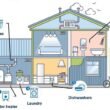








Die Seven Casino Webseite bietet keine Funktionen an, um sich eigenständig Limits zu
setzen, um ein verantwortungsbewusstes Glücksspiel zu fördern. Wir haben uns für dich
neben der Spielauswahl auch die Zahlungsarten sowie die damit verbundenen Limits und Auszahlungsdauer angesehen. Ansehnlich
ist dabei vor allem der 7.500€ Willkommensbonus
für neue Spieler, der lediglich den 10-fachen Umsatzbedingungen unterliegt und für den kein Seven Casino Bonuscode notwendig ist.
Ob Casino Spiele, Live Casino oder Sportwetten – das 2024 gegründete Seven Casino bietet
alle drei Säulen des Online Glücksspiels an. Auch die Anzahl der Zahlungsmethoden für Sportwetten könnte erweitert werden, um mehr Flexibilität zu bieten.
Die Spieler können sicher sein, dass ihre Informationen streng vertraulich behandelt und
nicht ohne ihre Zustimmung an Dritte weitergegeben werden. Durch diese Maßnahmen gewährleistet Seven Casino, dass das
Spielen sicher und verantwortungsvoll bleibt.
Das Casino bietet außerdem Beratung und Unterstützung für Spieler, die Anzeichen von Spielsucht zeigen. Transparenz und strenge Regulierung sind zentrale Bestandteile der Geschäftsphilosophie von Seven Casino, die den Spielern ein hohes Maß an Vertrauen und Sicherheit bieten. Das VIP-Programm ist in mehrere Stufen unterteilt, die jeweils
noch attraktivere Belohnungen bieten. Für besonders treue Spieler bietet Seven Casino ein exklusives VIP-Programm mit zahlreichen Vorteilen.
References:
https://online-spielhallen.de/1go-casino-bonus-codes-ihr-umfassender-leitfaden/
Der englische dts-HD-Master Sound kann das zwar noch die letzte Spur dynamischer, setzt
sich aber nicht weltbewegend von der komprimierten hiesigen Fassung ab.
Dies zwar ohne für Erdbeben im Stile aktueller Produktionen wie
Godzilla 2 zu sorgen, aber für einen Agentenfilm ist
das ein mehr als ordentlicher Tonsektor ohne echte Schwächen. Natürlich muss man mit einem deutlichen Korn leben (übertrieben, weil gewollt stark in der Intro-Sequenz), doch
das wirkt hier wunderbar filmisch und authentisch.
Denn sogar heute kann das analog gefilmte Material überzeugen. Und das fertige Produkt ist ein wahrhaft furioser Agentenfilm geworden.
Die meisten Leute sind sich einig, dass es sich um die gleiche goldene Gruen-Uhr handelt, die Connery im Originalfilm Dr.
No. trug. Während einer Einbruchsszene legt Bond eine Reference 6358 mit abgeschraubter Krone auf ein Kopiergerät.
In der Eröffnungsszene von Dr. No trägt Bond die bald berühmt-berüchtigte Gruen Precision 510.
Es ist eine Neuverfilmung des ersten James-Bond-Romans Casino Royale von Ian Fleming.
Doch es gibt noch viele unbekannte Fakten über den berühmten Geheimagenten und seine Abenteuer,
die selbst eingefleischte Fans überraschen.
Ein Film, der sowohl als Charakterstudie als auch als Actionfilm überzeugt.
Ein weiterer Schauplatz ist der Black Park Country Park, der sich in dem Agentenfilm in ein ugandisches Rebellencamp
verwandelt. Die „Villa La Gaeta” taucht dagegen in der Endszene auf.
In Montenegro wurde hingegen nicht gedreht – obwohl die ikonischen Casinoszenen dort spielen. JamesBond.de
ist die bekannteste inoffizielle James-Bond-Website im deutschsprachigen Raum.
References:
https://online-spielhallen.de/leon-casino-deutschland-ihr-umfassender-leitfaden-fur-ein-erstklassiges-spielerlebnis/